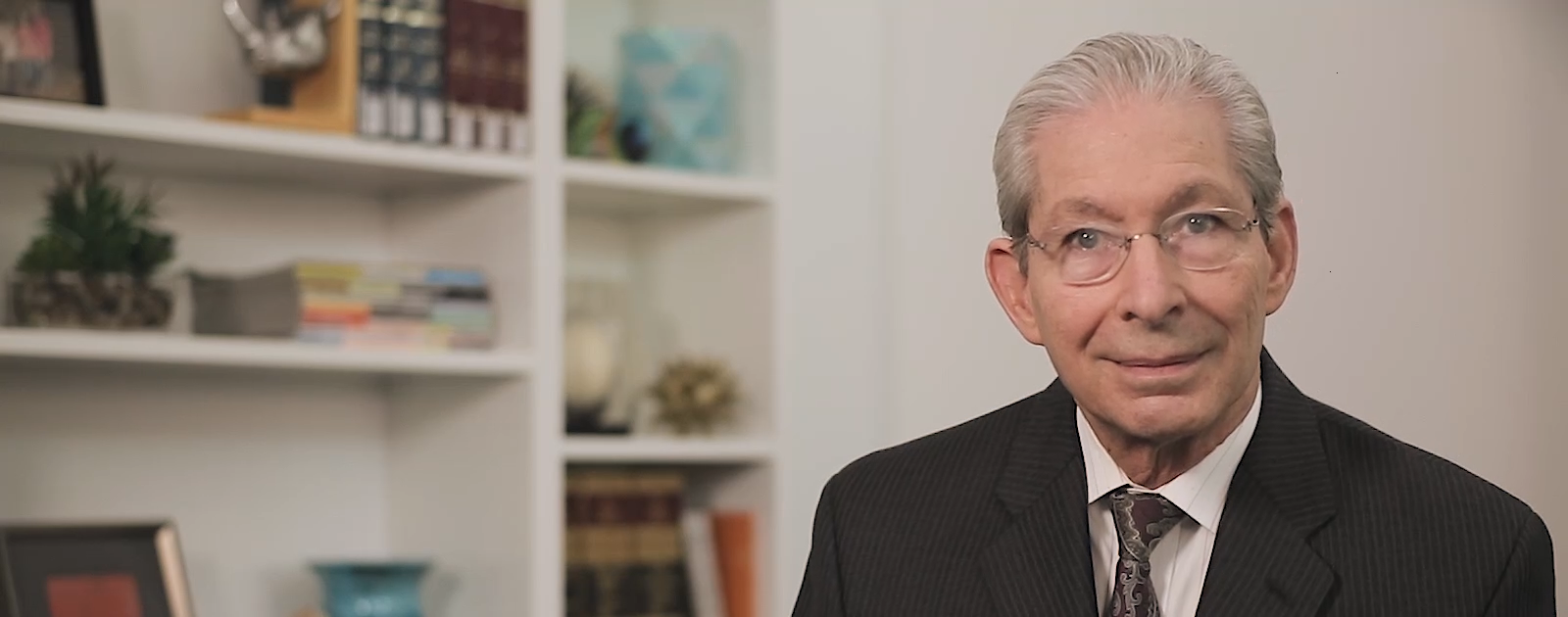The Aging Condo Conundrum: Are Terminations the Answer?
The tragic collapse of the Champlain Tower South Condominium brought a renewed sense of urgency to older condominiums facing a difficult dilemma: spend significantly on restoration, or accept the risks involved with living in an older building.
Many of Florida’s earliest condominiums were built on beachfront property. But, based on the corrosive effects of the salt atmosphere they occupy, many of these have either reached – or are reaching – the end of their useful life unless substantial and costly repairs are made. Because these buildings occupy some of the state’s most desirable land, their land value typically exceeds that of all their condominium units.
The high cost of performing restoration work presents challenges. In some cases, repairs are beyond the financial resources of the owners; in others, they would impose an unacceptable economic burden on unit owners. In either case, the restoration costs would not be recoverable on a dollar-for-dollar basis and the units would still be housed within an outdated structure.
The Surfside collapse may be a preview of things to come at aging condominiums. It also raises a host of questions.
Chief among them: Is there an alternative to living in a potentially unsafe building or investing in a restoration which will not add substantial value to individual units?
Several condominiums have found the answer in selling their property to a developer who will demolish the existing structure and replace it with a new building permitted under current construction codes. These sales frequently allow condominium unit owners to recover a substantial premium above the resale value of their units.
Unfortunately, this result is often difficult to achieve because termination provisions of early condominiums frequently require 100% approval of owners. Based on the dynamics of human interaction, achieving unanimous agreement is daunting.
The historical perspective on handling this issue is discouraging. In 2006, the South Florida real estate market was on fire as it seems to be today. Hallandale was home to many beachfront condominiums reaching the end of their useful life without major renovation expenses that would result in heavy assessments.
State Senator Steven Geller thought he had the answer by facilitating terminations. He proposed reducing the threshold for terminating an existing condominium to 80% owner approval. He introduced a bill which passed both houses of the Legislature but was vetoed by then-Governor Jeb Bush.
In 2007, Geller introduced amended legislation. The bill passed the Legislature and Governor Charlie Crist signed it. The law became effective July 1, 2007.
Before we could determine if this legislative solution helped aging condominiums, we entered the Great Recession and the market for new condominiums evaporated.
While condominiums lost much of their value, rental projects maintained their value. Apartment properties were suddenly worth more than condominiums with a comparable number of units. Clever investors used the new statute to convert condominiums into rentals.
In a few instances, homeowners who had overpaid for their units during the real estate frenzy were left without a home and with termination proceeds worth less than their mortgages. These terminations garnered much negative publicity. As a result, legislators gradually restricted the ability to terminate and raised the owner approval necessary from 80% to over 95%.
Further complicating the termination process was a judicial ruling that retroactively modifying existing condominium declarations effective before the change in the law in 2007 violated constitutional prohibitions.
This combination of legislative and judicial action rendered the “fix” for the aging condominium problem unclear. The government has a duty to protect its citizens, and the condemnation of unsafe structures may be the only possible solution.
Condominiums built today may look very similar to Champlain Towers South in 30 or 40 years. Foresight suggests that government should usher in a surgical fix to the termination statute.
One possible solution is revisiting Geller’s bill with protections, most of which have already been grafted into the statute through Florida Bar suggestions, thereby allowing 80% terminations for condominium declarations recorded after the statute. Although such action may not solve the problem retroactively, it would provide a future exit ramp for the owners of aging condominiums.
*This article is reprinted with permission from Miami Herald.
